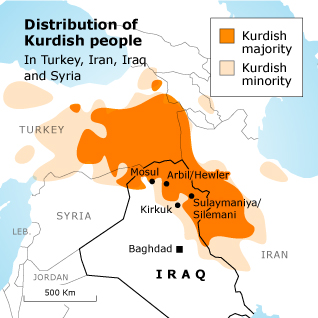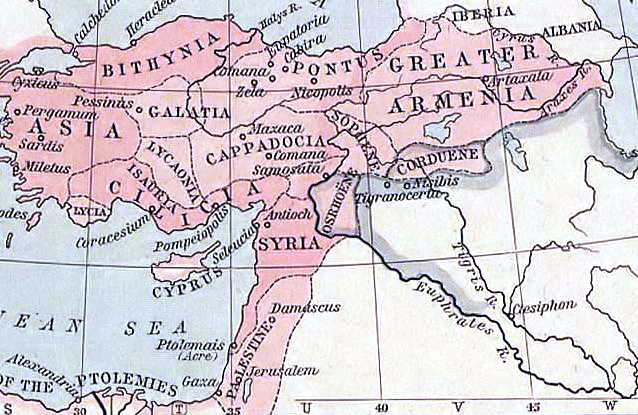Kurdistan
Kurdistan roughly encompasses the northwestern Zagros and the eastern Taurus mountain ranges.Kingdom of Corduene in 60 B.C
Medieval period
Kurdistan in the Middle Ages was a collection of semi-independent and independent states called "emirates". It was nominally under indirect political or religious influence of Khalifs or Shahs.In the 16th century, after prolonged wars, Kurdish-inhabited areas were split between the Safavid and Ottoman empires. After the Battle of Chaldiran in 1514 up until the aftermath of World War I, most Kurdish areas were generally under Ottoman rule.
Kurdish Independent Kingdoms and Autonomous Principalities circa 1835.



No comments:
Post a Comment